This month look out for:
- Birds visiting the bird table & hanging feeders – provide nuts, sunflower seeds and water to sustain them – also scatter seeds for the birds that prefer to feed on the ground.
- Last spring’s bird nests showing in leafless hedges and trees.
- Bird flocks in wetlands and estuaries – ducks, geese, waders, swans from Scandinavia join local birds.
- Redwings, fieldfares and waxwings (eating berries), hawfinches (eating yew berries and hornbeam), bramblings and snow buntings (eating seeds).
- Baby seal pups on our coasts.
- Messy squirrel drays showing in the tree tops (grey squirrels).
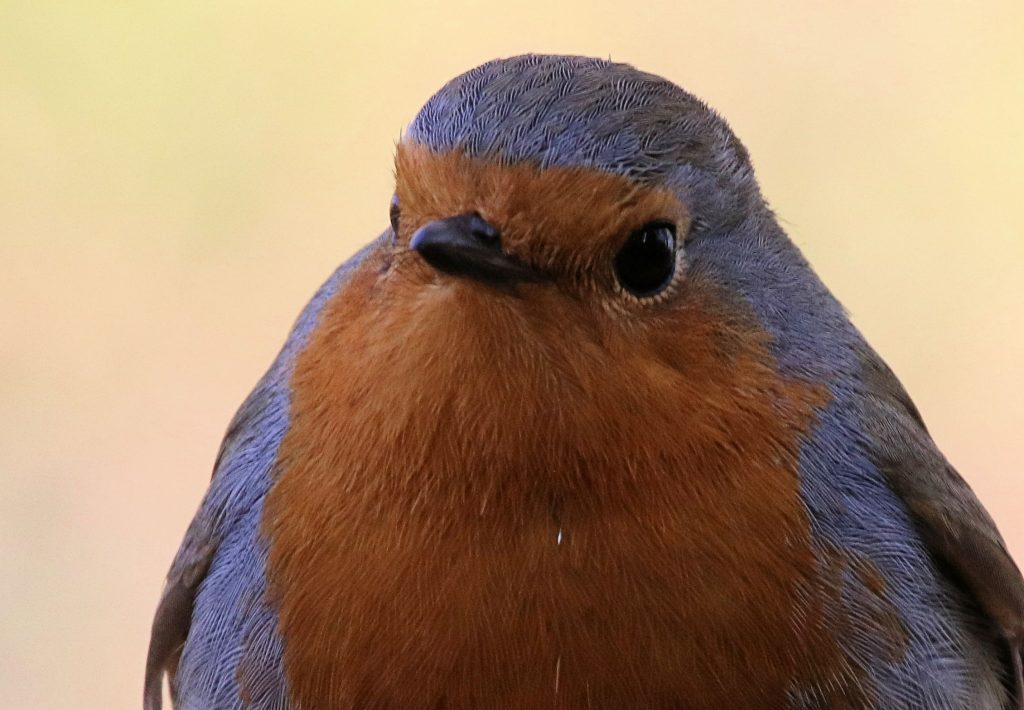
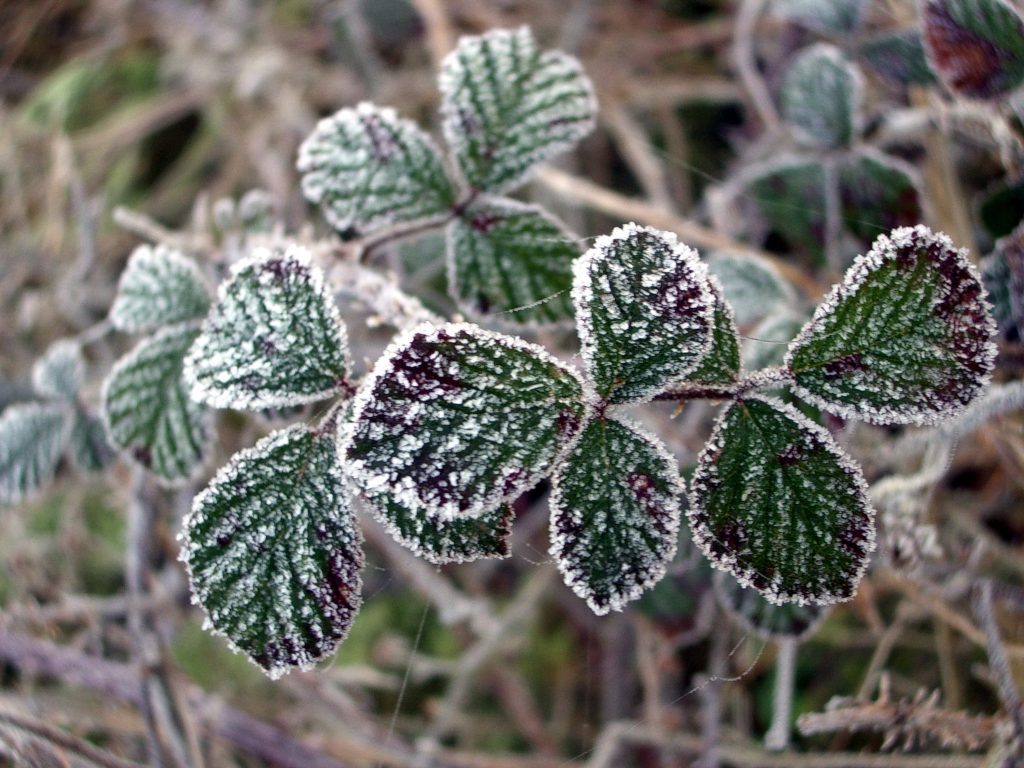
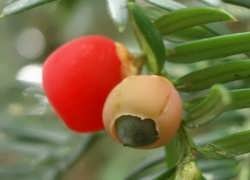
There can be no mistaking that winter is finally upon us in December, as frost grips the countryside and the trees are bare. It is from now until next spring that the battle for survival is at its most extreme for most animals, as food is scarce and temperatures are low – even water supplies can be inaccessible if frozen. There are a number of tactics to get through this lean period. One is to migrate to a warmer location, another is to stick it out on stored food reserves and glean what is still available, whilst another is to sleep it out, i.e. hibernate. Only dormice, hedgehogs and bats truly hibernate but some animals go into a torpor or sleep more such as badgers.
Dormice will have started their hibernation in October in the base of a hedgerow or hazel coppice. They build a nest like structure to protect them during this period from the weather and from predators, to which they are extremely vulnerable. Their body temperature drops in line with the air temperature, but must be kept above freezing for the animal to survive, normally at least 1C. This dip is so dramatic that their metabolism reaches an ultra slow state, where it is just ticking over. They live of the fat deposits from their feasting in Autumn. This reserve has to last them up until their reappearance in March.
Hedgehogs also create hibernacula from leaves, situated in a safe location, and maintain a temperature in the hibernacula of between 0 and 5°C. This is the optimum for them to hibernate efficiently. Bats are more complex in their requirements and each species seeks out specific conditions. Bats select caves (such as old mines), tree hollows or buildings. They like a relatively humid environment, where there is little temperature fluctuation.
During periods where the weather is mild (10+°C), and there is a chance of a meal, bats will break their hibernation to appear in any winter month. Hedgehogs will do the same, and can be seen before their March ‘awakening’, but less often.
Unfortunately, in spite of these winter strategies, between 30 and 60 percent of bats and hedgehogs do not make it through to spring.
This month is, of course, dominated by the run up to Christmas. It is now, perhaps more than any other time that we bring plants from the countryside into our home. Evergreens such as holly, with its rosy berries (only on the females plants) are used in wreaths, along with ivy and fir cones too. Ivy is unusual in that it has ‘dimorphic’ leaves, i.e. they come in two different forms. The highly lobed one in the photo below (left) is complimented by the more simple and larger leaves on the flowering stems (shown below right).

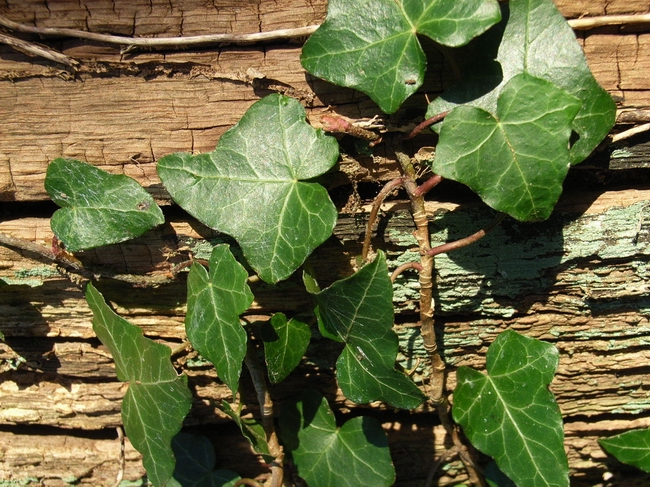
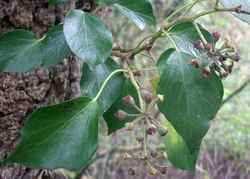
The Victorians introduced the idea of the Christmas tree inspired by the Queen and Prince Albert who set the trend. The ones sold are mostly Norway Spruce, although now it is possible to get a variety of species. Holly berries form an important food source for many birds and small mammals, so it is important to leave them some as well. Remember to feed the garden birds as well as supply water to them as the weather can be extremely harsh from this month onwards.
The robin, so often associated with the festive season, can be particularly tame during the colder months. Robins are one of the few birds that can be heard singing during winter, as both the males and females maintain territories for feeding during this period, which may be their breeding territories later. Around Christmas-time robins begin exploring other robins’ territories looking for a mate. They then pair up by mid-January and females stop singing.
Mistletoe has a special role, familiar to everyone, and can be the excuse for many a furtive kiss. It grows in fruit trees, such as apple, as well as in lime trees. The lime’s bunches prove rather inaccessible, but do produce a fascinating effect, high in the branches. Now that the leaves are fallen the mistletoe is especially noticeable. This semi-parasitic plant is best seen in winter. Although it does feed off its host tree it does also possess chlorophyll, and hence is able to create its own food through photosynthesis. The plant is associated with the mistle thrush which is supposed to love the sticky white berries. The bird spreads the plant from tree to tree by wiping the excess seeds and berries from its beck onto a twig of another tree.

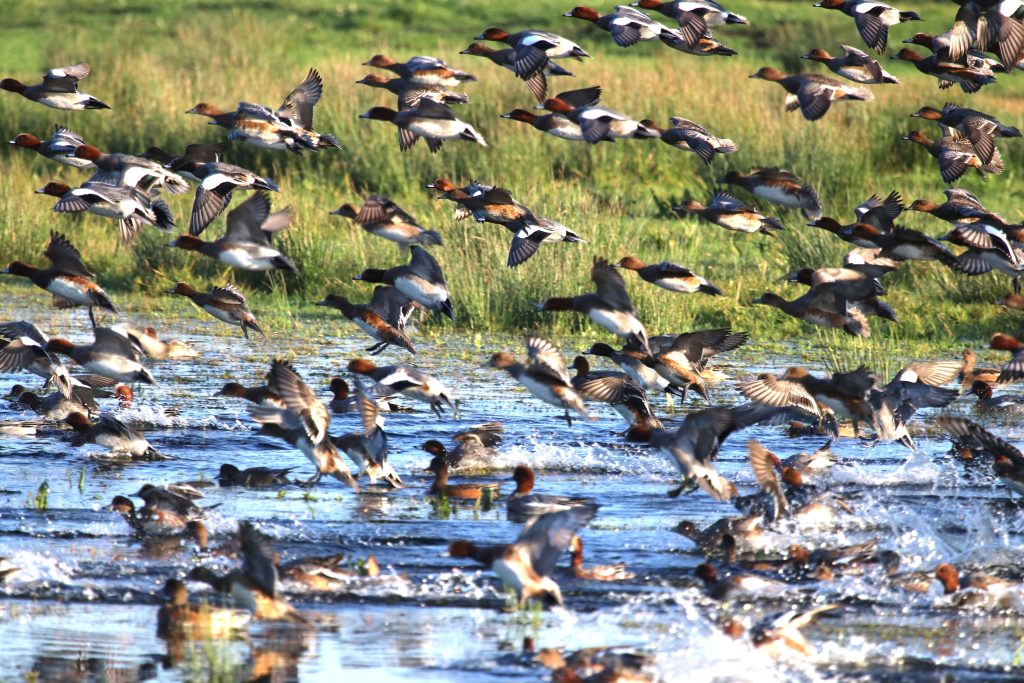
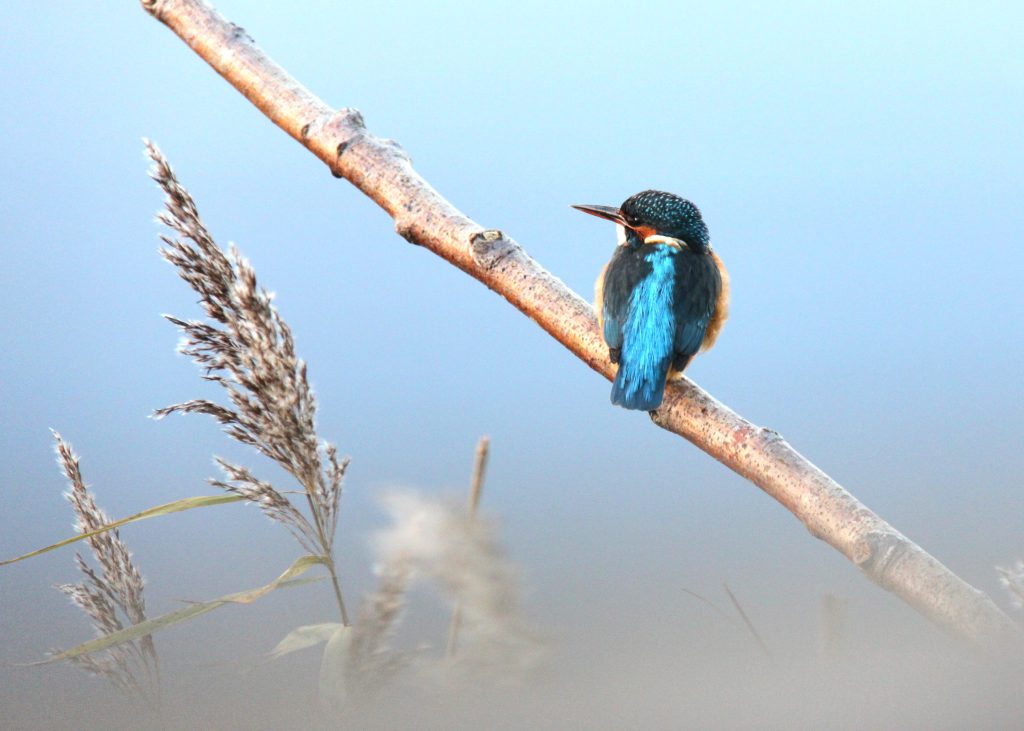
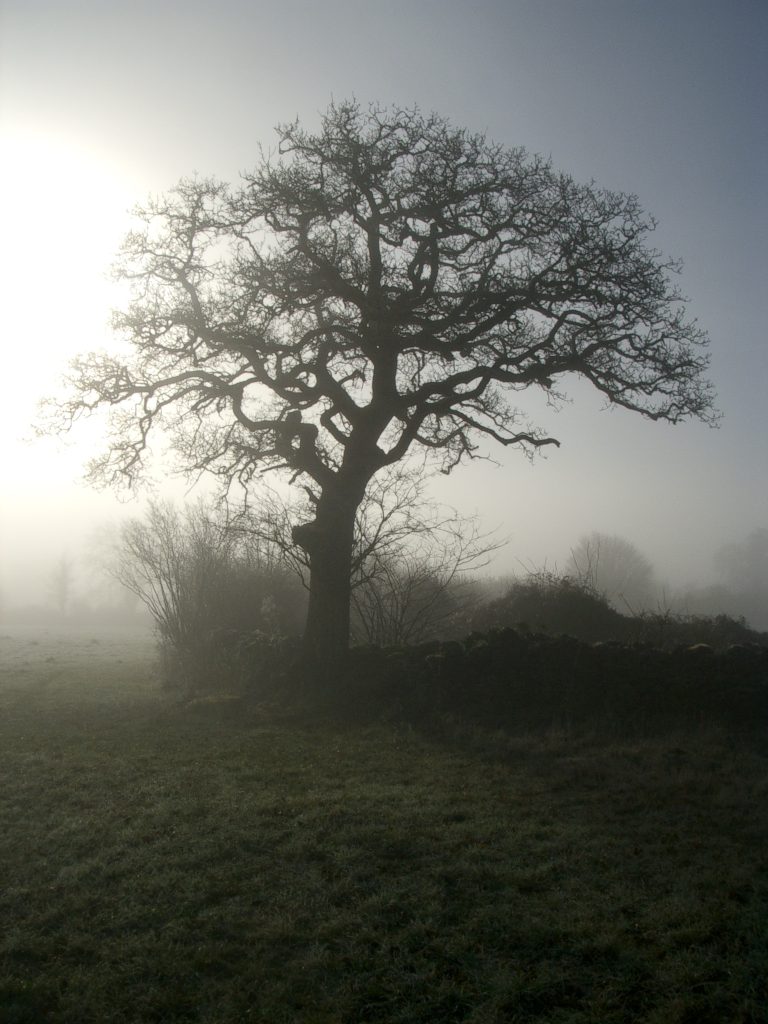
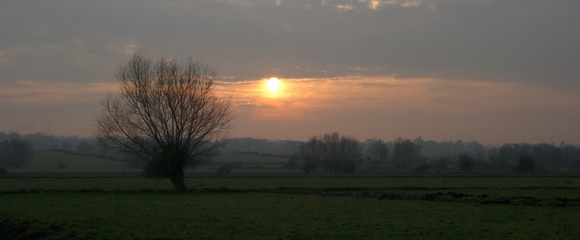
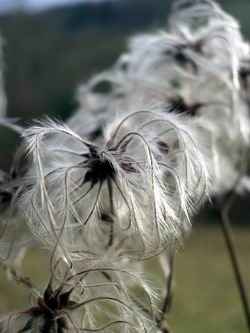
Habitats and species
Parks and gardens: Winter provides an opportunity to attract many different types of birds, which will feed at bird tables or take food put out on the ground. Some birds not normally associated with gardens or bird tables will lose their timidity when the weather conditions become particularly harsh. The more varied the food (e.g. sunflower hearts, peanuts, suet fat, fruit, seeds) the better chance you have of enticing a variety of species. Although food is welcome at any time, it is vital to maintain a constant pattern of food supply until spring once you have started.
Woodland: At night Tawny owls may be heard staking out territory, with both the male and the female birds creating the classic owl ‘tu-wit tu-who’. Occasional flocks of small birds will move through the otherwise silent woods, searching for food. By moving together they have more chance of disturbing insects that would otherwise go unnoticed.
Arable and hedgerows: In the fields where winter wheat has not been sown some arable weeds may be found. Scented mayweed and shepherd’s purse, normally overlooked, can provide some relief from the winter monotony. Some arable weeds bring lasting colour, such as the diminutive scarlet pimpernel. Their red flowers will only open during the bright mornings.
Road verges: Teasel stems stand in clusters on road verges, where the ground has been disturbed and they have gained a foot hold. They stark and brittle. Their seed heads provide a favourite source of food for goldfinches, who descend in ‘charms’, and twitter and fuss. Only small birds such as these, with slim and pointed beaks, can reach the seeds within the teasel head.
Chalk and limestone grasslands: Winter in a quiet time on these grasslands as just the cattle and the sheep roam about.
Meadows (neutral) and flood plain grasslands: During winter low lying meadows may be flooded following a rainy period. This may attract gulls and ducks. Generally stock are kept off delicate meadows for fear of the damage (“poaching”) that they might do to the grassland.
Acidic grasslands: These grasslands are often found on moorlands and mountains and during winter they can be forbidding places, but still small birds such as meadow pipits and skylarks can be spotted.
Heathlands: The stark winter heathlands still support many small birds. The small brown birds with streaked backs are meadow pipits and are commonly seen chasing down their insect prey. In the south some heathland sites support Dartford warblers. Until recently this was the only warbler that was considered to be a permanent resident. However blackcaps are increasing seen in winter, although they may not be the same ones that breed in Britain during the summer months. The prickly gorse may still bare its bright yellow flowers even in December.
Mountain and Moorlands (uplands): Uplands are at their harshest. The mountain hare, the stoat and ptarmigan (a game bird) are all species which change to a white winter plumage from their dark summer coats. This provides camouflage from both the hunter and the hunted!
Rivers and ponds (including bogs and mires): Estuaries and inland lakes are filling up with more waders and wild fowl. Wigeon, teal, tufted duck, pintail and shovelers are particularly abundant ducks. The wigeon give the sound track to the spectacle with their high pitched call, and are accompanied by the startled lapwing ‘peewit’.
Over some extensive wetlands, birds of prey can be seen such as marsh harriers and peregrines, if you are lucky and patient. Other birds may well mob them. The peregrines will hunt duck unwary ducks, but can only take a bird in flight.
Sea and the seashore (including estuaries): Along the seashore, where the ground is never totally frozen due to the ebbing tides, food can be found by many wading birds and wildfowl. Kingfishers and otters also move to estuaries at this time for the same reason.
Mammals: Badgers do not hibernate, but are much less active now. However both badgers and foxes can been seen at any time. The population of smaller mammals, such as rabbits, shrews, mice and voles, drops dramatically during winter as food availability becomes the restricting factor to survival.
Birds: Some species chose to flock together to roost, as described on the November page, at this time of year. During the cold nights the birds will fluff out their feathers to provide extra insulation. Sometimes bird boxes are used by blue tits, great tits and wrens for instance to provide extra overnight shelter.
On some windy days the mistle thrush may sing battling into the stormy weather from a lofty perch. This largest of thrushes has a wistful high pitched song, without the repeated phrases of the song thrush or the fluid clarity of the black bird.
Amphibians & Reptiles: All of our amphibian and reptile species (i.e. common toad and natterjack toad; slow-worm; common and sand lizard; common newt, smooth newt and great crested newt; adder, smooth snake and grass snake) are all hidden away under ground until spring, and sometimes together in mixed groups. Only the common frog chooses a different approach by hiding at the bottom of a pond.
Insects: Very few insects can be found flying around during December. The exception may be clouds of male gnats dancing in the hope of attracting a passing female. Look into your shed or attic now and you may come across adult small tortoiseshell or peacock butterflies waiting out the winter.
Some slugs and snails still brave the conditions. Their slimy trails differ in that snails trails are not continuous, unlike slugs.
Plants: Most plants do not grow during winter but rather lay dormant. The first species to emerge in spring often have food reserves, such as bulbs and corms to call upon. Some plants can still be found however, such as ferns and mosses. The hart’s tongue fern for instance has beautiful long bright-green leaves and can be found growing in woodlands and in the cracks of damp walls. ‘Hart’ is another name for a deer and together with the tongue shape of the leaf it is possible to see how this fern got its name.
In the hedgerows you may see old man’s beard climbing between the branches, with its fluffy seed heads.
In chalky areas the spindle-tree stands out with it bright orange fruits and red capsules. These seeds are poisonous to us and are violent purgatives – fortunately for birds this is not the case.
Fungi: The mushrooms and toadstool fruiting bodies of most fungi disappear once hit by the winter frosts. However some continue to thrive such as the wood blewit. Some of the less seasonal fungi are now more evident. The soft, brown ear-like Jew’s ear (or Jelly ear) fungus can be found growing on rotting elder branches.